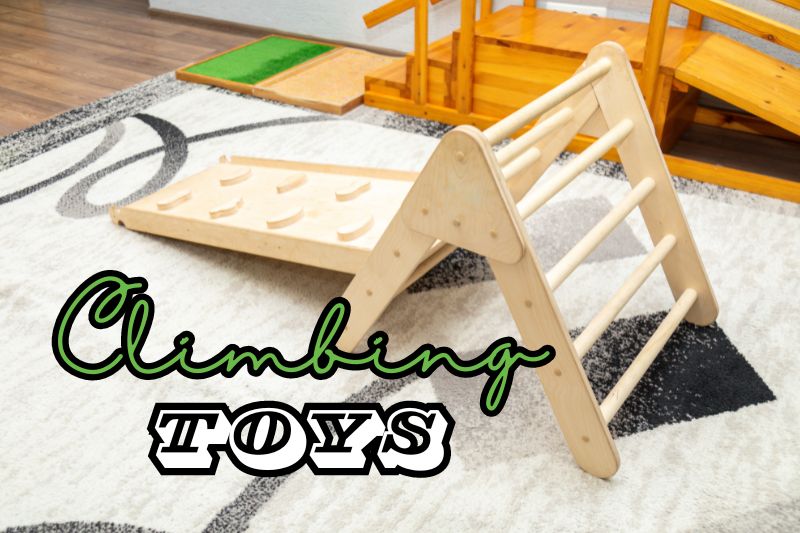Montessori climbing toys are becoming increasingly popular among parents who want to foster independence and physical development in their children. These toys, inspired by the Montessori philosophy, encourage free play, motor skills development, and confidence-building.
However, with their rise in popularity, many parents are left wondering: are these safe for young children?
What are Montessori Climbing Toys?
Montessori climbing toys are tools designed to help children develop their motor skills through physical activity. They include items like the Pikler triangle, balance boards, and climbing arches. These toys promote self-directed play, allowing children to explore their physical limits in a safe environment.
Safety Standards and Guidelines
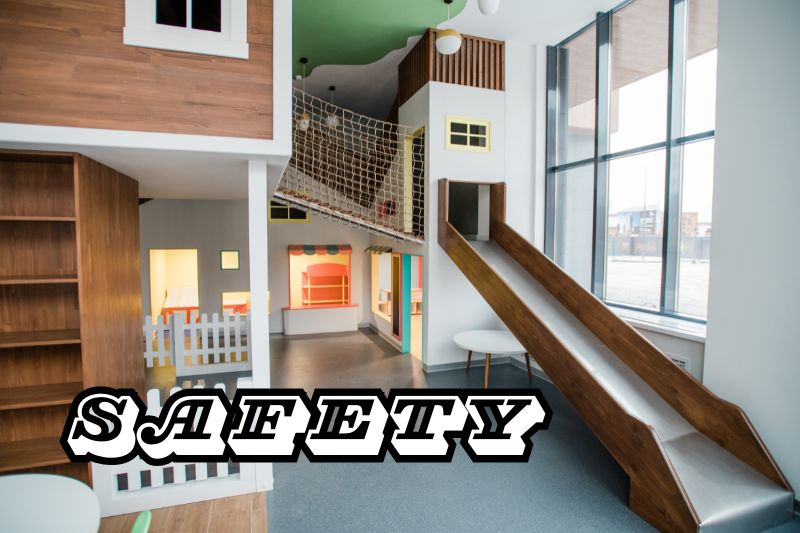
When it comes to the safety of young children, ensuring that Montessori climbing toys meet rigorous standards is crucial.
Material and Construction
Montessori climbing toys are typically made from high-quality, non-toxic materials. Most are constructed from wood, which is durable and safe for children. Manufacturers often follow strict guidelines to ensure that these toys meet safety standards.
This involves using sustainably sourced wood, free from harmful chemicals like lead or formaldehyde, ensuring the health and safety of children. Additionally, finishes used on these toys, such as paints and varnishes, are usually water-based and non-toxic, further minimizing the risk of exposure to hazardous substances.
Parents can rest assured that the materials used in these toys undergo rigorous testing to comply with international safety regulations.
Design Considerations
The design of Montessori climbing toys focuses on stability and balance. For example, the Pikler triangle has a broad base to prevent tipping. Edges are usually rounded to avoid sharp corners that could cause injury. These design elements are critical for ensuring the toys’ safety.
Moreover, the spacing between the rungs on climbing toys is carefully measured to prevent entrapment hazards, ensuring that small fingers or limbs cannot get stuck. Manufacturers also consider the overall height and angle of the climbing structures, making sure they are appropriate for young children to navigate safely.
Anti-slip features, such as rubberized feet, are often incorporated to keep the toys steady on various surfaces.
Age Appropriateness
Most Montessori climbing toys are designed for children aged 6 months to 6 years. However, it’s important to choose a toy that matches your child’s developmental stage. Younger children may benefit from simpler structures, while older children can handle more complex climbing toys.
For infants, smaller, low-to-the-ground toys with gentle slopes and fewer rungs are ideal. As children grow and their motor skills advance, more challenging structures with higher climbs and additional features like tunnels or slides can be introduced.
Parents should always consider their child’s individual capabilities and comfort levels when selecting a climbing toy.
Their Benefits
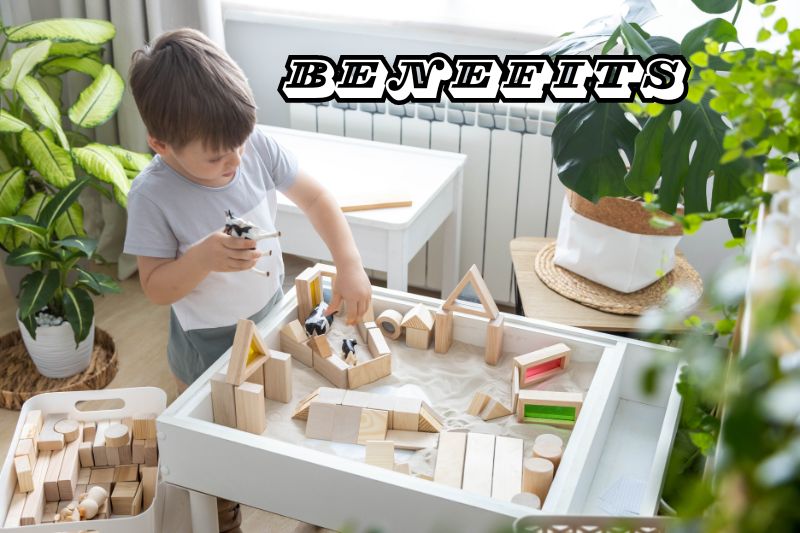
Montessori climbing toys offer a range of benefits that support children’s overall development.
Physical Development
Montessori climbing toys help children develop gross motor skills, balance, and coordination. Climbing, pulling, and balancing activities strengthen muscles and improve physical fitness. Regular use of these toys can enhance a child’s agility and endurance, laying a strong foundation for future physical activities.
Additionally, the repetitive motions involved in climbing and balancing contribute to muscle memory development, improving overall body control.
These physical benefits not only support healthy growth but also reduce the risk of childhood obesity by encouraging active play.
Cognitive and Emotional Growth
These toys also support cognitive development by encouraging problem-solving and spatial awareness. Emotionally, children gain confidence and self-esteem as they master new physical challenges. The act of climbing and maneuvering through different structures requires children to think critically about their next moves, fostering decision-making skills.
Moreover, achieving goals such as reaching the top of a climbing frame provides a sense of accomplishment, boosting their self-confidence. This combination of cognitive and emotional development helps children build resilience and adaptability, valuable traits for their overall growth.
Promoting Independence
Montessori climbing toys promote independence by allowing children to explore their physical capabilities at their own pace. This autonomy is a core principle of the Montessori method. Children learn to trust their instincts and develop self-reliance as they navigate the climbing structures without constant adult intervention.
Potential Risks and How to Mitigate Them
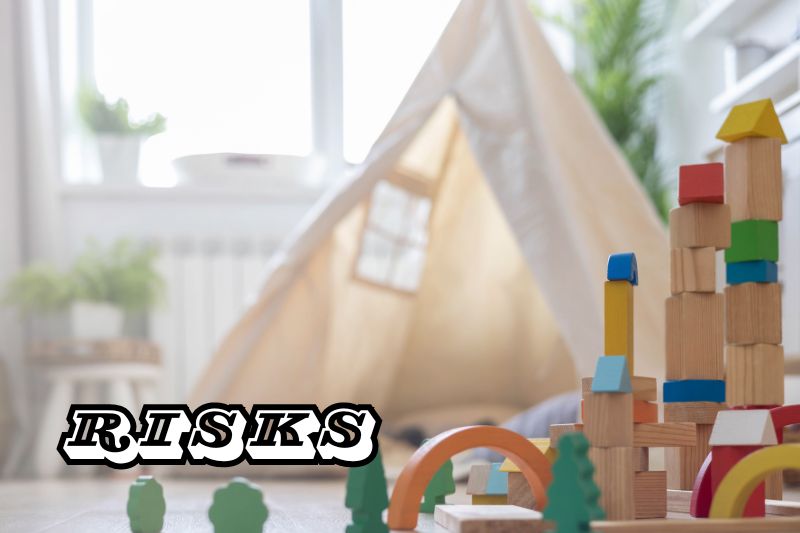
While Montessori climbing toys offer numerous benefits, they are not without potential risks. Understanding these risks and taking proactive steps to mitigate them can help ensure that children play safely and enjoyably.
Supervision
Supervision is essential, especially for younger children. Parents should always keep an eye on their children while they play. Active supervision helps ensure that children use the toys correctly and allows parents to intervene quickly if an accident occurs. Setting clear rules about how to use the climbing toys safely can also reduce the risk of injury.
Additionally, creating a safe play area with soft flooring, such as mats or rugs, can cushion falls and provide extra protection.
Appropriate Use
Ensuring that children use the toys as intended is crucial. Climbing toys should not be used for activities like jumping off high points, which could lead to injuries. Parents should educate their children on safe play practices, such as climbing slowly and maintaining a firm grip on the rungs.
Demonstrating proper use and setting a good example can reinforce these safety habits.
It’s also important to regularly remind children of the rules and monitor their play to ensure they are not engaging in risky behaviors.
Regular Maintenance
Regularly inspecting the toys for wear and tear can prevent accidents. Check for loose screws, splinters, or any other potential hazards. Addressing these issues promptly ensures that the climbing toys remain safe for use. Cleaning the toys regularly can also prevent the buildup of dirt and grime that might cause slipping or other safety concerns.
Following the manufacturer’s maintenance guidelines, such as reapplying finishes or tightening bolts, helps maintain the integrity and longevity of the toys.
In Summary
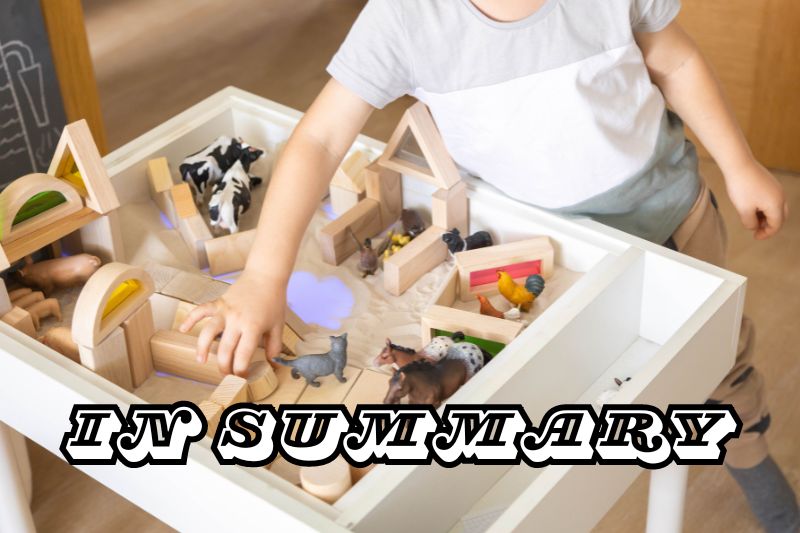
Montessori climbing toys can be safe and beneficial for young children when used appropriately. They promote physical development, cognitive growth, and independence. However, supervision, proper use, and regular maintenance are essential to ensure safety.
These toys offer a wonderful opportunity for growth and development, aligning with the Montessori philosophy of fostering independence and self-directed learning.

